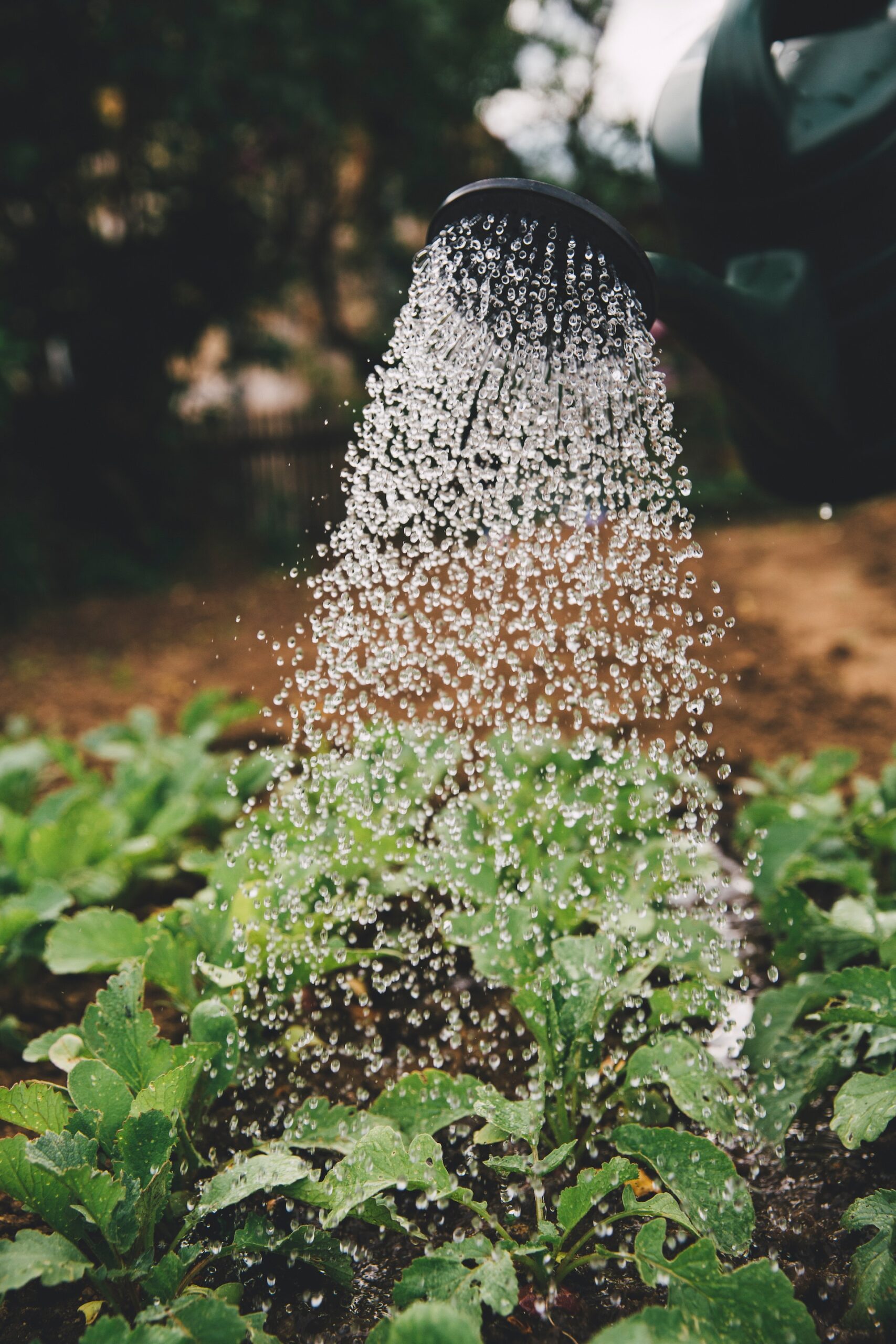Introduction
The art of gardening is an alluring hobby indeed! What may seem a little tricky is keeping your plants healthy and hydrated, especially if you’re going to be away. For those of us with small gardens or balcony green spaces, setup of an automatic watering system is not only convenient but also a lifesaver for our leafy pals. Having such a system is especially essential for pot plants that, contrary to their in-ground counterparts, need frequent watering. And when you’re thousands of miles away, you’ll be grateful for this mechanical gardener.
The Anatomy of a Small Automatic Watering System
Let’s start with the foundation. A small automatic watering system consists of an intelligent device that hooks onto your conventional hose outlet. This device, running on batteries, can control from one up to four outlets, depending on how many different hoses you need. The beauty of it is in its adaptabilityit allows you to water different sections of your garden or a variety of potted plants independently.
The primary components of this system typically include a timer, a valve, a distributor, and, of course, the water source. With flexible hose connectors, these systems easily link to your standard garden hose outlet. Its modular nature allows you to easily add more outlets as your green space expands or your watering needs change.
Controlling Your Automatic Watering System
So, how does one go about managing this system? You’ll find there are typically two sorts of control methods for these watering unitsone via Bluetooth apps and the other through an in-built display and dials.
Bluetooth app-controlled systems provide the convenience of adjusting your system’s watering schedule right from your smartphone. Being able to modify watering times, set the frequency, and even supervise water usage while you’re away from home can be incredibly handy.
For those who prefer something a bit more traditional, display and dial-controlled systems are perfect. These units offer an intuitive interface with clear settings and appropriate controls. Just twist a knob here, press a button there, and presto! You’ve scheduled your watering routine.
Drip Irrigation 101: The Ideal Water Distribution Method
To make the most of your watering system, consider incorporating drip irrigation. This involves using drip irrigation bits plugged into a half-inch hose that goes from your automatic watering system to your plant pots or garden beds. It’s simple enough to install each drip bitjust puncture a hole in the hose and insert it.
The goal here is to achieve a balance in water coverage among all your plants. With multiple drip bits, each pot gets the right amount of water at the right time. Plus, this method conserves water, as it drips right into the soil and reduces unnecessary evaporation.
Customization: Tailoring Water Distribution for Different Plants
Did you know with multi-channel systems, you can customise your watering schedules differently to cater to the unique needs of various plants? For instance, your succulents and cacti won’t need as much water as, say, your herbs and tomatoes. By creating two separate irrigation runs, you can ensure each plant group gets precisely the amount of water it needs.
A dual run setup lets you separately control water distribution based on each group’s water necessity. It’s like having two mini automatic watering systems, each programmed for its unique task. It’s a wonderful way to ensure your greeneries get personalised care just like you would give.
Conclusion
In essence, setting up an automatic watering system for your balcony or small garden is not only convenient but fundamentally liberating. It gives you the peace of mind of knowing your plant’s watering needs are met when you’re away and, even when you’re home, provides an efficient way to maintain hydration levels.
From understanding the basic components of the system, learning how to control it, incorporating an efficient water distribution method, to customizing water delivery based on plant needsall these steps bring you closer to achieving a lush and flourishing garden. Come rain or shine, or even a vacation, your green space will thrive, thanks to this dependable foster botanist.

